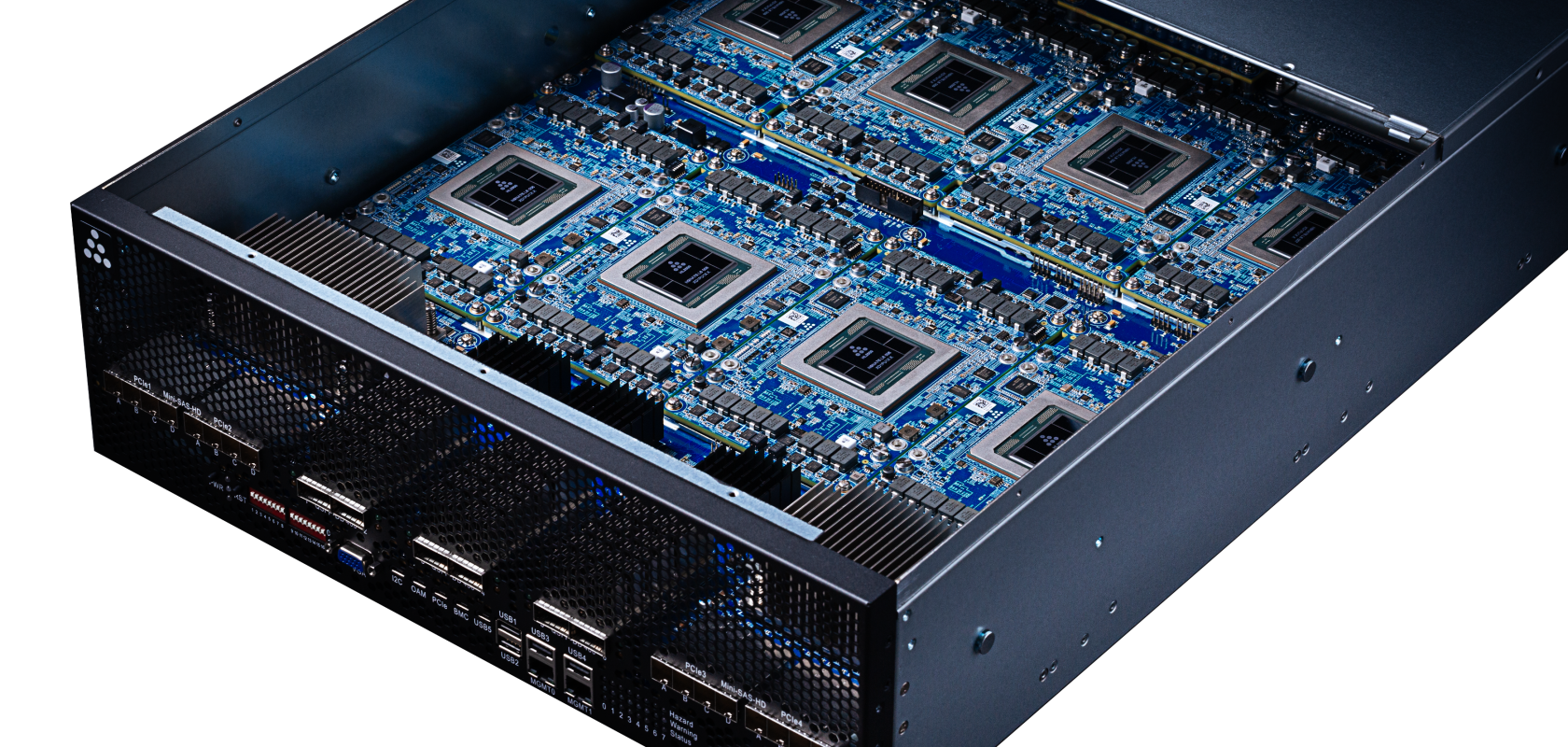The San Diego Supercomputer Center (SDSC) at UC San Diego will use its Voyager supercomputer as a first-of-its-kind in the National Science Foundation resource portfolio focusing on advancing AI research across a range of science and engineering domains.
The Voyager supercomputer will leverage Intel’s purpose-built artificial intelligence (AI) training and inference accelerators that have been developed through the acquisition of Habana Labs in 2019.
Amitava Majumdar, head of SDSC’s Data Enabled Scientific Computing division and principal investigator for the Voyager project commented: ‘With innovative solutions optimised for deep learning operations and AI workloads, Habana accelerators are ideal choices to power Voyager’s forthcoming AI research. We look forward to partnering with Habana, Intel and Supermicro to bring this uniquely efficient class of compute capabilities to the Voyager program, giving academic researchers access to one of the most capable AI-focused systems available today.’
The Voyager supercomputer will use Habana’s unique interconnectivity technology to efficiently scale AI capacity with 336 Gaudi processors for training and 16 Habana Goya processors for AI inference. Gaudi processors for AI training are architected for scaling large supercomputer training systems and are the industry’s only AI processor to natively integrate ten 100-gigabit Ethernet ports of RoCE RDMA v2 on-chip, enabling flexibility of scaling and reduction of throughput bottlenecks that can limit scaling capacity.
Eitan Medina, chief business officer at Habana, an Intel Company: ‘We are honoured that Habana processors have been selected to accelerate compute workloads that will run on SDSC’s Voyager supercomputer. This implementation of our Gaudi and Goya products showcases how top academic institutions like SDSC can harness efficiency and performance to effectively address the growing computational demands of AI research workloads.’
The first three years of Voyager’s operation will be the Testbed Phase, during which SDSC will work with select research teams from astronomy, climate sciences, chemistry, particle physics and other fields to gain AI experience and insights leveraging Voyager’s unique features. The documentation developed during the Testbed Phase will serve as a resource for an expanded user base.
Trish Damkroger, vice president and general manager of Intel’s High Performance Computing Group said: ‘The level of performance and efficiency that Voyager will require is precisely what Intel architectures are designed for. Our Xeon Scalable processors coupled with Habana AI accelerators will ensure Voyager’s users have the HPC and AI capabilities they need to power their game-changing research.’
Ray Pang, vice president of technology and business enablement, Supermicro commented: ‘Combining Supermicro’s advanced application-optimised server and storage hardware with Habana’s AI training and inference products is the best solution for SDSC’s multiyear Voyager AI project. We continue to work closely with leading innovators to deliver solutions for computationally intensive projects worldwide at leading research and HPC environments for science and medical discovery, compute and leading-edge AI solutions.’
The Voyager supercomputer, as well as ongoing community support and operations, are funded by a grant from the National Science Foundation.


